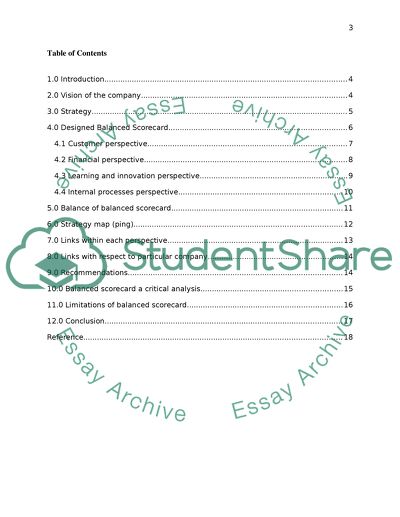Cite this document
(“BALANCE SCORE AND STRATGEY MAP ANALYSIS OF CHEVRON Essay”, n.d.)
Retrieved from https://studentshare.org/finance-accounting/1480723-balance-score-and-stratgey-map-analysis-of-chevron
Retrieved from https://studentshare.org/finance-accounting/1480723-balance-score-and-stratgey-map-analysis-of-chevron
(BALANCE SCORE AND STRATGEY MAP ANALYSIS OF CHEVRON Essay)
https://studentshare.org/finance-accounting/1480723-balance-score-and-stratgey-map-analysis-of-chevron.
https://studentshare.org/finance-accounting/1480723-balance-score-and-stratgey-map-analysis-of-chevron.
“BALANCE SCORE AND STRATGEY MAP ANALYSIS OF CHEVRON Essay”, n.d. https://studentshare.org/finance-accounting/1480723-balance-score-and-stratgey-map-analysis-of-chevron.


